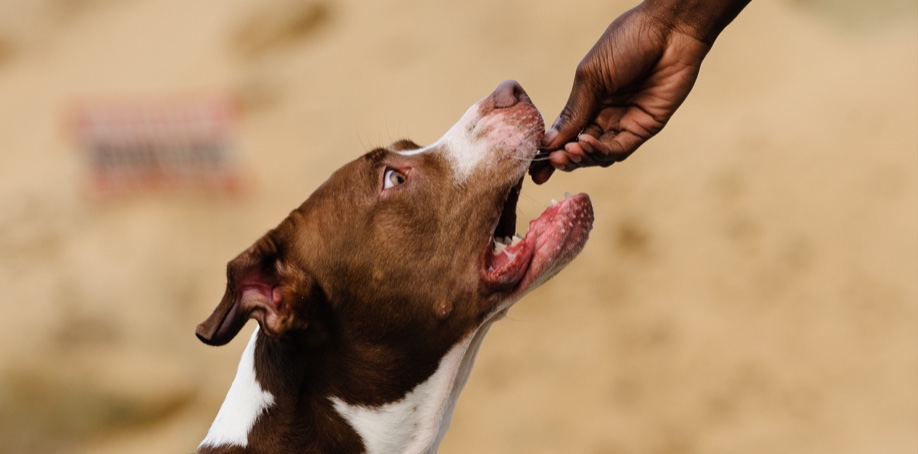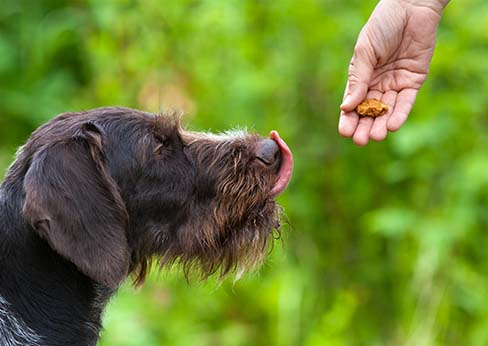
Just like a child in school, it is important to test your dog’s knowledge of commands to monitor his training’s progress and figure out which aspects or commands need reinforcement. But testing your dog’s commands should be more like a game rather than a chore. Below are two tests that you can conduct with your dog which provide you with valuable feedback on their recall, responsiveness, and progression.
The Backwards Test
Your dog needs to respond to you even when he cannot see your face. Part of being a responsible owner is having control over your dog at all times, even when he is not by your side. If your dog will not listen when you are not facing him, he will not listen when you are physically away from him or when he is running away from you. To test if your dog really knows his commands, try The Backwards Test!
- Face away from your dog.
- Give a command. Make sure that your command is verbal only. Do not use hand clues.
- Acknowledge and reinforce positive behavior through treats and praise. When possible, have another person praise your dog when he follows your commands.
As your dog’s training improves, he will become more responsive to the sound of your voice. Further, the time between the initial command and your dog following the command will diminish as your dog understands that he does not need to see your face to follow your instructions.
The Tricks Per Second Test
A trained dog responds quickly to his owner’s verbal commands. Inevitably, your dog will have lapses in focus and bouts of spontaneous energy, but it is important that he can quickly refocus and remember his training. To test your dog’s responsiveness, try The Tricks Per Second Test!
- Pick a time frame to administer the test. There should be enough time for the dog to hear multiple commands but not too much time where you lose your dog’s attention. 30 seconds is an appropriate duration.
- Give a command. Repeat the command until your dog correctly performs the command.
- Acknowledge positive behavior with praise. Reward your dog with treats ONLY IF he is just learning the commands. Ideally, your dog should be responsive without a tasty motivator.
- Repeat steps 2 and 3. See how many commands your dog can do in that time frame.
The Tricks Per Second Test offers a tangible result: your dog followed X commands in Y seconds. As his training progresses, your dog should follow more commands in the same amount of time. The test also offers a clear assessment of what commands he has mastered and what commands he is still learning.
Conclusion
Training should be a fun process, for both you and your dog. Recognize that dogs actively look to please their masters and offer opportunities for your dog to show you what he knows. And when your dog correctly follows your command, acknowledge his good behavior with your words, tone, and a nice pat on the head! Good luck!





